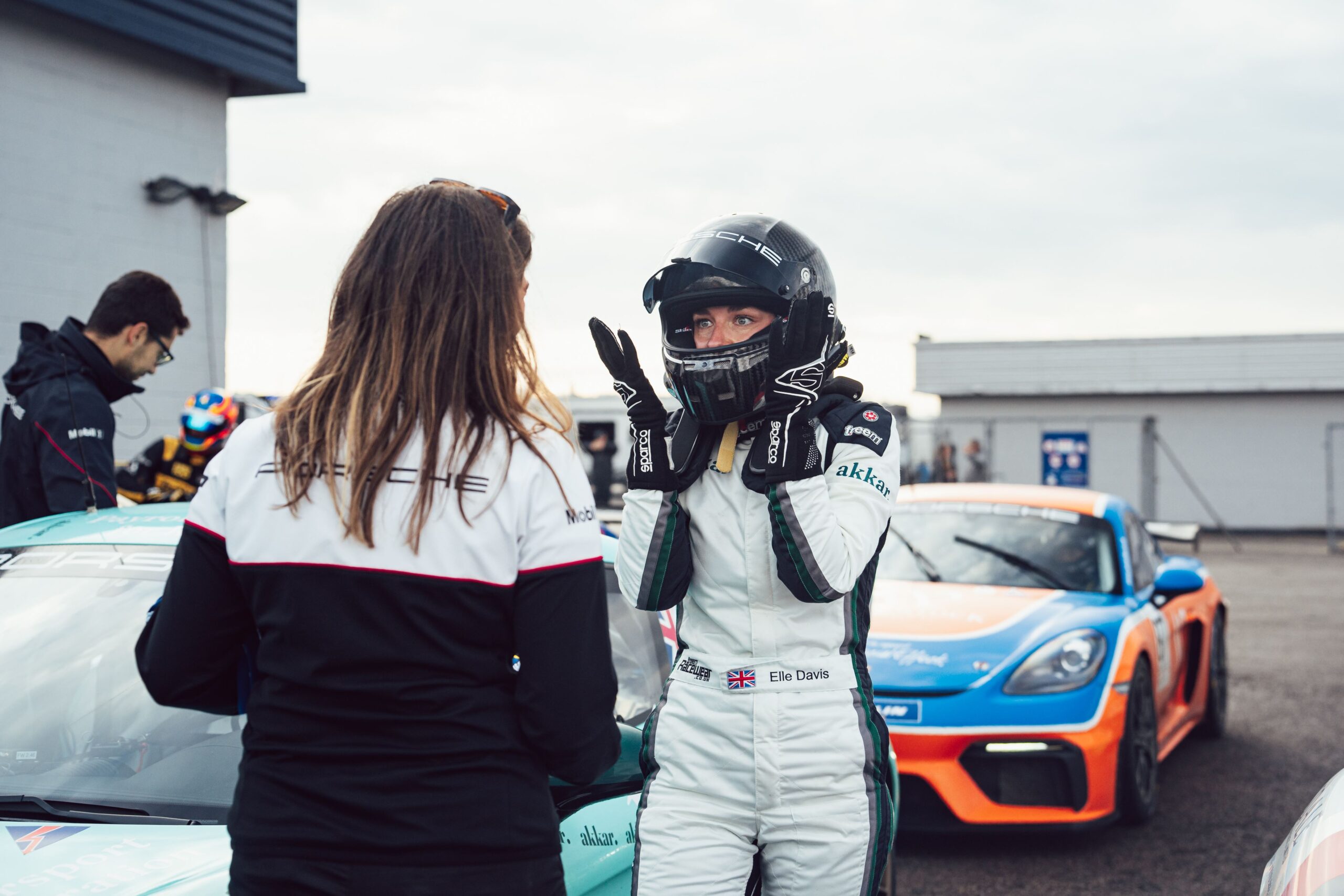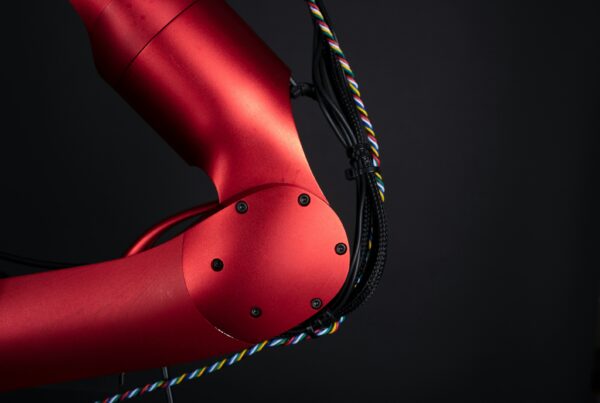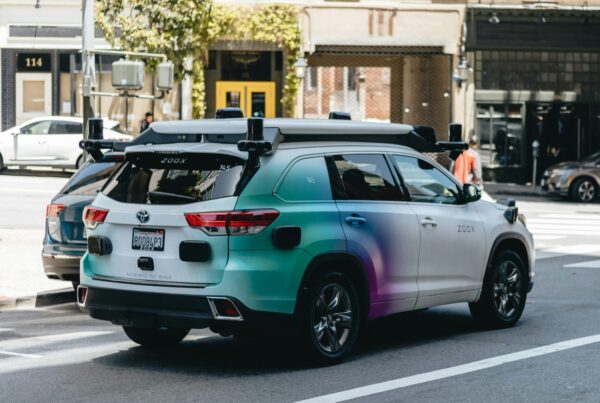Celebrating Diversity in Motorsport: Driving Change for a More Inclusive Future
As International Women’s Day approaches this Saturday (8th March), it’s the perfect opportunity to reflect on the ongoing efforts to make motorsport a more diverse and inclusive industry. While women have always been a part of the sport, it’s clear that much more work is needed to create equal opportunities for women and people from all diverse backgrounds. Motorsport has long been seen as a male-dominated world, but the tide is slowly turning, thanks to the many passionate individuals and organisations pushing for change.
While women have been making strides, their presence is just one aspect of a much larger conversation about diversity and inclusion in motorsport. From race car drivers to engineers, mechanics, and team leaders, creating an inclusive environment is key to ensuring that the sport evolves into a reflection of our global society. It’s not just about gender, it’s about making room for all talents, backgrounds, and perspectives.
The Trailblazing Women of Motorsport
Throughout history, women have fought to carve out their place in motorsport. Dorothy Levitt, one of the first women to compete in motorsport in the early 1900s, laid the foundation for others to follow. Lella Lombardi made history in the 1970s by becoming the first and only woman to score points in a Formula 1 race, while Danica Patrick shattered barriers in IndyCar and NASCAR.
Today, the spotlight is shining on women like Simona de Silvestro, Tatiana Calderón, and Nerea Martí, who are proving that women are capable of competing at the highest levels of motorsport. However, despite these milestones, women still make up less than 5% of professional drivers worldwide, with even fewer reaching the top tiers of racing.
The underrepresentation of women in motorsport can be traced to various barriers: access to opportunities, the high costs of competing, and often, a lack of support from sponsors or team structures. Still, the rise of initiatives like the W Series and F1 Academy, an all-female racing series, and the FIA Women in Motorsport Commission, signals that change is underway.
Diversity Beyond the Driver’s Seat
While much of the conversation tends to focus on women drivers, diversity in motorsport extends far beyond the track. Women have been making incredible contributions in roles like engineering, team leadership, media, and more. Claire Williams, the former deputy team principal of Williams Racing, proved that leadership in motorsport is not reserved for men. Nathalie McGloin, who became the first female driver with a disability to hold a racing license in the UK, advocates for inclusivity and accessibility within the sport.
There are also countless women engineers, like Laura Mueller at Haas F1, and María José Rodríguez, a highly respected motorsport journalist, whose work is changing the face of the sport behind the scenes.
Yet, while women’s visibility is increasing, the motorsport industry still has a long way to go in ensuring that women and other underrepresented groups are given equal opportunities to succeed. The sport must continue to challenge the traditional norms and dismantle the barriers that have excluded diverse talent.
The Need for Greater Diversity and Inclusion
Motorsport’s future is intrinsically linked to diversity. Not only is it vital for fairness, but it also leads to innovation, creativity, and growth. Research consistently shows that diverse teams perform better because they bring a wider range of ideas and perspectives. This is true in motorsport too; having more diverse drivers, engineers, and strategists can only make the sport stronger and more exciting.
Beyond just women, inclusivity also means creating a welcoming space for people from all racial, ethnic, and socioeconomic backgrounds. Motorsport has traditionally been seen as a sport for the wealthy or elite, but initiatives aimed at widening access, such as grassroots programs and scholarships, are making it easier for young drivers from all walks of life to enter the sport.
Inclusion also means addressing accessibility challenges for people with disabilities. Efforts like The FIA Disability and Accessibility Commission aim to create an environment where everyone has a chance to pursue their passion for motorsport.
By focusing on diversity, we’re ensuring that motorsport reflects the diverse global community that follows it. When people see others who look like them participating in the sport, it encourages the next generation to follow their dreams. It’s not just about levelling the playing field for women but for all talent, no matter where it comes from.
A Look to the Future: Driving Change Together
The road to greater diversity and inclusion in motorsport isn’t an easy one, but it’s a journey that’s well worth taking. This International Women’s Day, let’s celebrate the incredible women who have made their mark in motorsport and acknowledge the broader movement toward creating an industry that values people based on their talent, not their gender or background.
It’s not just about adding women to the grid; it’s about creating a sport that is truly open to people from all walks of life. The more inclusive motorsport becomes, the more vibrant and exciting the sport will be for fans and participants alike.
“How can motorsport continue to break barriers and create more inclusive opportunities for women and diverse talent, both on and off the track?”
This question is one that we must continue to ask ourselves as we move toward a future where diversity is the norm, not the exception. It’s up to all of us—fans, industry leaders, and drivers alike, to push for a more inclusive and equitable sport.
Conclusion
The future of motorsport depends on the diversity of the individuals who drive it forward. As we look ahead, it’s crucial to keep pushing for change, not only for women but for all underrepresented groups in motorsport. When we make space for everyone, regardless of gender, race, or background, the sport becomes stronger, more creative, and more inspiring for all.
Let’s continue the journey toward a more inclusive future where everyone can take their place in the driver’s seat.









